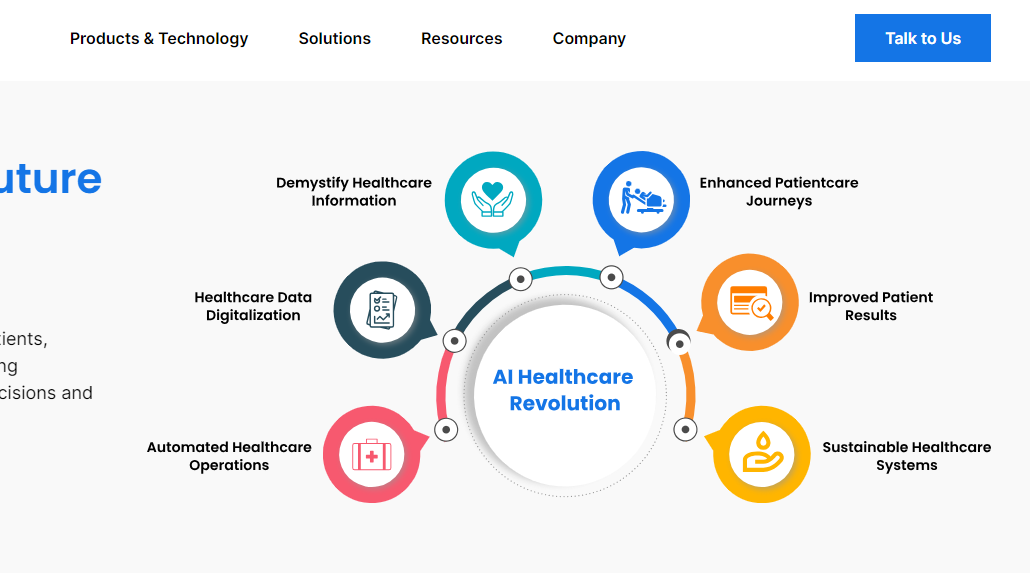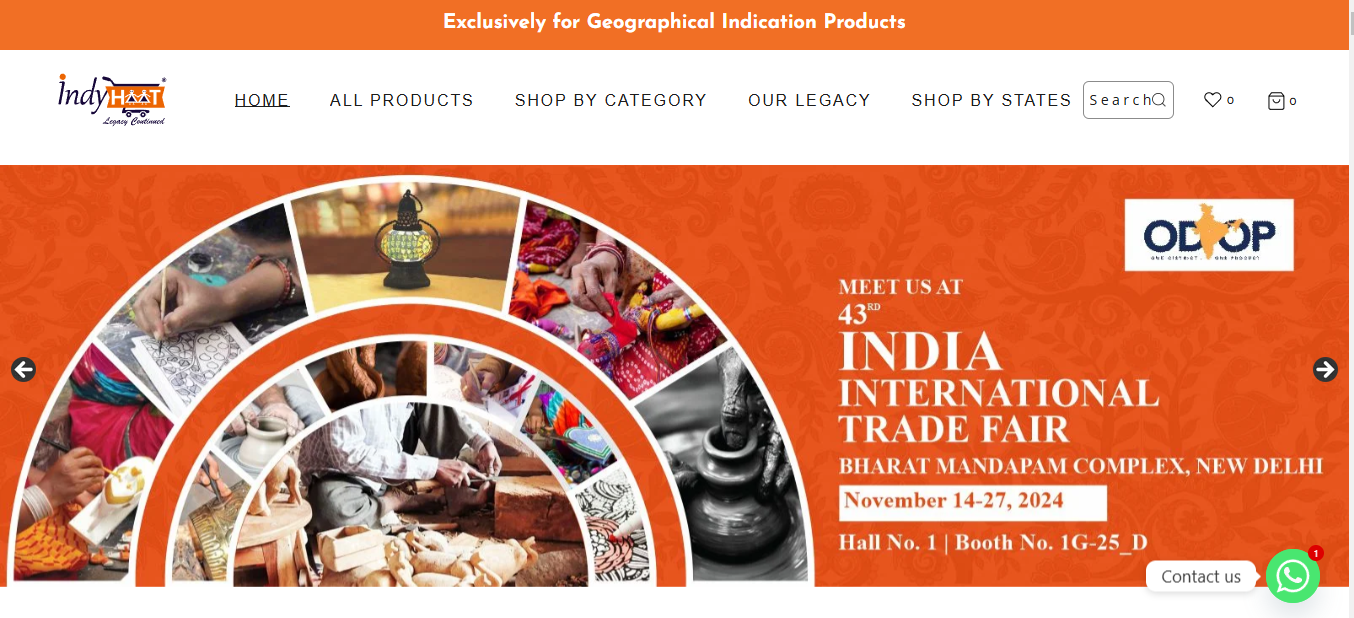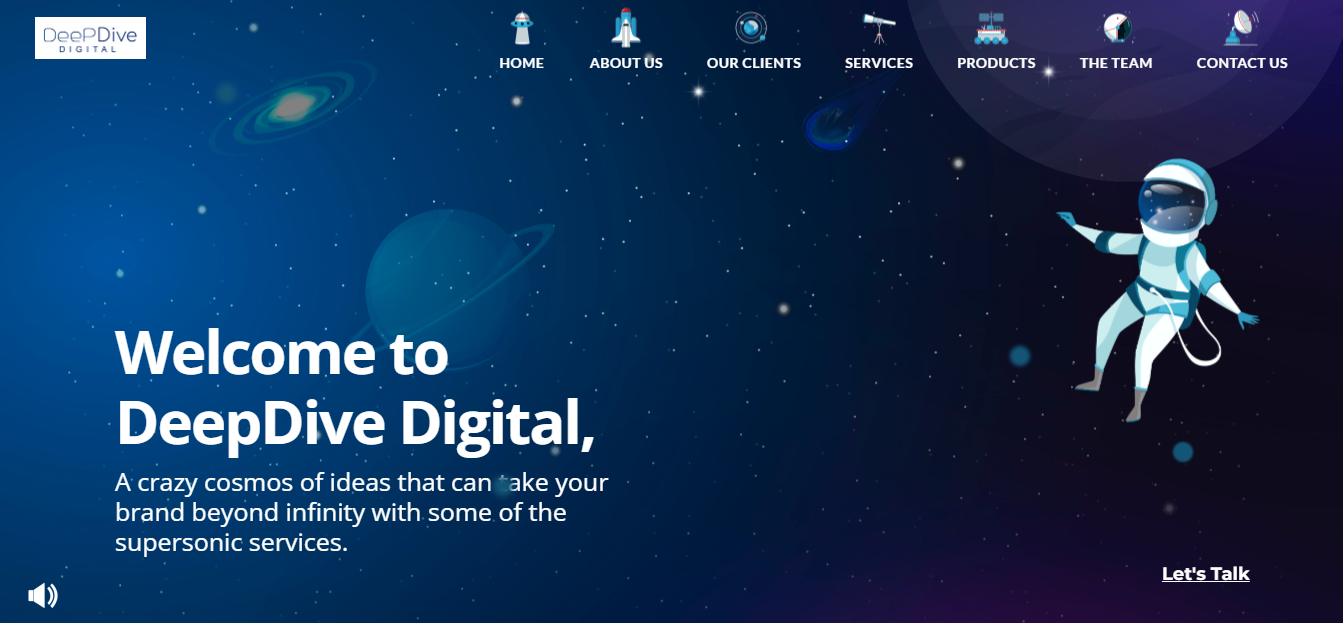Summary / TLDR
Prodoc.io, a healthcare technology platform, emerged with a vision to transform the landscape of healthcare collaboration. It aimed to bridge the gap between hospitals, primary healthcare centers, and general practitioners (GPs) by providing an innovative and seamless digital platform. The project aimed to optimize functionality, streamline communication, and fortify referral processes among healthcare professionals. Additionally, ongoing maintenance and support services were established to ensure the app’s sustained efficiency and reliability.

Get in touch! Lets build and scale your digital products. We are always open to discuss new projects, creative ideas or opportunities to be part of your vision.
Overview
The core objective of this project is to comprehensively overhaul the Prodoc Healthcare App, mitigating current challenges while significantly elevating user experience, functionalities, and introducing a resilient multitenant architecture. This architectural innovation accommodates Super Admins responsible for managing multiple hospitals, each equipped with their designated Admin Panels, tailored to their unique operational contexts. The revamp will pivot around the following pivotal aspects:
- Revamped User Experience: Overhauling the interface for seamless navigation and improved usability.
- Referral Management: Improve the creation, tracking, and forwarding of referrals among healthcare entities.
- Task Management: Develop a robust task management system to streamline healthcare processes.
- Communication: Introduce efficient in-app notifications and chat functionalities for enhanced communication.
- Profile and Navigation: Redesign login, profile, and navigation elements for a more intuitive user interface.
- Enhanced Functionalities: Upgrading existing features and incorporating new functionalities to elevate performance.
- Multitenant Architecture: Implementing a scalable architecture allowing Super Admins to oversee multiple hospitals, each with tailored Admin Panels.
Services Provided: Redesign, Redevelop and Maintenance
- Redesigning and Revamp app for enhanced usability.
- Implementing robust in-app notifications and real-time chat features.
- Enhancing referral and task management modules for streamlined operations.
- Incorporating feedback mechanisms and reporting tools for performance evaluation.
- Sustained maintenance and support services for continuous app optimization.
Challenges
- Unoptimized Codebase: The existing code was not optimized, lacked reusability, and was difficult to comprehend.
- Inefficient API Integration: The API integration lacked a model flow, requiring repeated API calls whenever the response was needed.
- Forcing App Updates: Traditional methods of prompting for app updates had delays in reflecting changes to all users after updates were available in app stores.
- Design Review: Ensuring an easily implementable design with extensive reusable components while meeting all feature requirements.
- Base Project Upgrade: Adapting the base project to the latest Flutter version and standards, encountering issues with previously used packages that were discontinued or deprecated.
- API Integration: Maintaining consistency with the model-based techniques from the previous version while integrating APIs.
- Real-time UI Updates from APIs: Implementing real-time UI updates reflecting API changes.
- Flexible Theme and Text Classes: Enhancing app flexibility through customizable themes and text styles.
- Download Feature Implementation: Faced permission issues on iOS and encountered difficulties in managing notifications during downloads and enabling file navigation from notifications.
Solution
- Leveraged GitHub Flutter projects for guidance, utilizing relevant syntax and packages due to insufficient documentation, particularly regarding native device features.
- Implemented dedicated color and text classes, enabling easy adaptation for future requirements such as light and dark mode implementations.
- Leveraged Provider to synchronize API responses with UI changes, ensuring a responsive and synchronized user experience.
- Employed Provider state management to streamline API calls, ensuring a smoother integration process and enhancing functionality.
- Conducted thorough research to identify alternative packages with similar functionalities. Ensured the base project’s scalability and flexibility for future modifications.
- Conducted multiple design reviews to meticulously assess and incorporate all necessary elements, ensuring comprehensive coverage and feasibility.
- A custom API solution was developed to track installed app versions, ensuring prompt notifications for users to update, thereby expediting the update process without relying solely on app store rollouts.
- Implementing a model flow for all APIs allowed the app to reuse API responses across multiple sections, improving efficiency and reducing redundant calls.
- Initially, the focus was on fixing all instances of non-functional widgets for basic functionality. This involved a comprehensive round of quality assurance to rectify issues and ensure basic usability. The team aimed to create reusable components to enhance scalability and ease of modification.
Project Approach: Prodoc Mobile App Revamp & Sustained Support
1. Discovery and Analysis:
- Conduct comprehensive stakeholder meetings to understand current pain points and desired improvements.
- Analyze the existing app, identifying usability issues, functionality gaps, and areas for enhancement.
- Define clear project goals and success metrics based on stakeholder inputs and industry standards.
2. Requirement Definition and Scope Refinement:
- Collaborate with stakeholders to outline specific requirements and prioritize feature enhancements.
- Refine the project scope, identifying key modules for revamp, maintenance, and ongoing support.
- Create a detailed roadmap outlining timelines, milestones, and deliverables for each phase.
3. Design and Prototype Development:
- Engage UI/UX designers to create intuitive and user-friendly interface designs.
- Develop interactive prototypes to visualize the proposed enhancements and gather feedback.
- Iterate designs based on stakeholder and user input, ensuring alignment with usability standards.
4. Development and Implementation:
- Utilize an Agile development approach, breaking down tasks into sprints for iterative development.
- Develop and implement redesigned login, profile sections, in-app notifications, and chat features.
- Enhance referral and task management modules, incorporating feedback and reporting mechanisms.
5. API Integration and Backend Refinement:
- Integrate APIs using Provider state management for seamless data flow and real-time updates.
- Enhance backend systems for improved performance, security, and scalability.
- Conduct rigorous testing to ensure API integrations work seamlessly across different functionalities.
6. Quality Assurance and Testing:
- Perform comprehensive testing at each development stage to identify bugs and usability issues.
- Conduct functional, compatibility, performance, and security testing to ensure app stability.
- Utilize real-user testing for feedback on usability and overall user experience.
7. Deployment and Support Initiation:
- Roll out the revamped app in phases, starting with a limited user group for initial feedback.
- Provide training and onboarding sessions for stakeholders and end-users on new features.
- Initiate sustained maintenance and support services for continuous app optimization.
8. Monitoring, Feedback, and Iterative Improvement:
- Implement monitoring tools to track app performance, user engagement, and system stability.
- Gather user feedback post-launch and conduct regular reviews for iterative improvements.
- Plan periodic updates and feature enhancements based on user needs and technological advancements.
Results
The Prodoc Mobile App revamp successfully addressed existing challenges, delivering a more user-friendly, feature-rich, and efficient platform. The sustained maintenance and support services ensured continuous app optimization, improving overall performance, and user satisfaction. The revamp significantly streamlined healthcare collaboration, enhancing patient care and communication among healthcare professionals.
Conclusion
The Prodoc Mobile App revamp and sustained support initiative not only overcame inherent challenges but also paved the way for an innovative healthcare collaboration platform. By focusing on user experience, seamless functionality, and ongoing support, Prodoc stands at the forefront of transforming healthcare delivery, empowering professionals to collaborate effectively and deliver superior patient care.
Get in touch! Lets build and scale your digital products. We are always open to discuss new projects, creative ideas or opportunities to be part of your vision.



